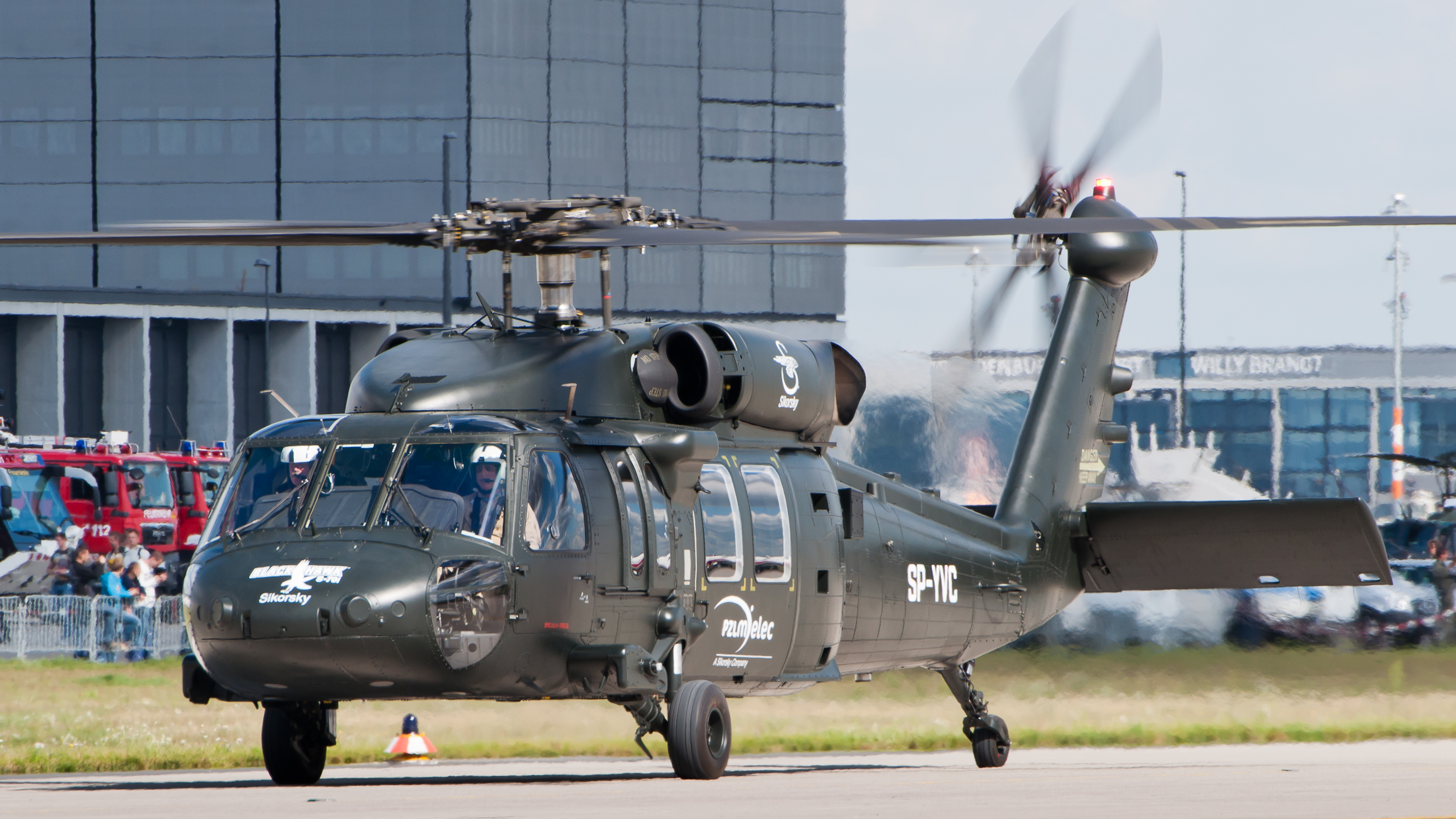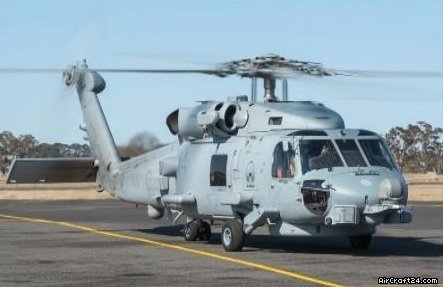Why the Sikorsky S 70 is the Preferred Selection for Modern Helicopter Missions
Why the Sikorsky S 70 is the Preferred Selection for Modern Helicopter Missions
Blog Article
Rotary-Wing Airplane Offering Superior Sturdiness and Accuracy Engineering
In the realm of air travel, rotary-wing airplane have long been recognized for their unique abilities in various operational atmospheres. From military objectives to private applications, the evolution of rotary-wing technology has actually led the way for makers that use unrivaled resilience and precision engineering. With improvements in products and construction methods, paired with advanced trip control systems, these aircraft have become vital tools for tasks that demand both effectiveness and precision. As we explore the detailed balance between technology and dependability in rotary-wing aircraft, it becomes apparent that the merging of cutting-edge modern technology and tested style concepts has actually established a new requirement for performance and efficiency in the aerospace industry.
Evolution of Rotary-Wing Technology
Throughout the background of aviation, the evolution of rotary-wing innovation has been a testimony to regular advancement and development in aeronautical engineering. From the early days of upright flight with basic styles to the advanced helicopters and other rotary-wing aircraft of today, the progression in this area has actually been exceptional.
In the very early 1900s, pioneers like Igor Sikorsky and Juan de la Cierva made substantial strides in rotary-wing innovation. Sikorsky's VS-300 helicopter, initial flown in 1939, marked a pivotal minute in the advancement of functional rotary-wing airplane. This success led the way for further innovations in vertical trip abilities.

Today, rotary-wing airplane play important roles in different markets, including armed forces procedures, emergency clinical solutions, police, and business transportation. The evolution of rotary-wing technology remains to press the borders of what is feasible in vertical flight, ensuring that these aircraft stay indispensable assets in the aviation market.
Products and Construction Innovations
Showing a blend of cutting-edge materials and specific building and construction strategies, rotary-wing airplane have undertaken considerable improvements in sturdiness and performance. One of the essential innovations in products used for rotary-wing airplane is the raising utilization of composite products. These products, such as carbon fiber strengthened polymers, use a high strength-to-weight proportion, improving both the structural integrity and total efficiency of the airplane. Furthermore, advancements in producing procedures have enabled even more intricate and exact building and construction of rotary-wing components, adding to enhanced aerodynamics and performance.
In addition, the assimilation of innovative layers and surface area therapies has played an essential duty in boosting the longevity of rotary-wing aircraft. These layers offer security against rust, abrasion, and extreme climate condition, extending the lifespan of the aircraft and lowering maintenance needs.
In regards to building advancements, additive manufacturing, likewise known as 3D printing, has revolutionized the production of facility components for rotary-wing aircraft. This innovation allows for fast prototyping and customization, resulting in quicker growth cycles and minimized expenses. Overall, the constant evolution of materials and building methods is driving the abilities and efficiency of rotary-wing aircraft to new heights.
Precision Flight Control Solution

The integration of GPS technology additionally improves the precision and dependability of these systems, permitting specific navigating, waypoint tracking, and automated flight control. sikorsky s 70. This level of accuracy not only enhances the safety and security of rotary-wing operations however also enhances total functional efficiency and goal effectiveness
Moreover, the continual advancements in man-made intelligence and artificial intelligence have assisted in the growth of independent flight capacities within Precision Flight Control Systems. This enables rotary-wing airplane to perform complicated goals with unequaled precision and consistency, making them vital assets in a large array of applications, consisting of military operations, search and rescue objectives, and aerial digital photography.
Sturdiness in Testing Atmospheres
Sought after functional setups, rotary-wing airplane demonstrate extraordinary resilience and toughness, making certain ideal efficiency under tough environmental conditions. These aircraft are developed to endure a wide variety of environmental factors, including severe temperature levels, high winds, and harsh terrain, making them well-suited for numerous missions in diverse landscapes.
One key variable adding to the longevity of rotary-wing aircraft is their tough building and construction. These airplanes are built making use of top quality products and progressed engineering methods to boost their architectural integrity and reliability. Furthermore, elements such as rotor blades, engine systems, and touchdown gear are diligently created to stand up to the stress and anxieties experienced during procedures in tough environments.
Additionally, rotary-wing airplane are equipped with advanced onboard systems that keep an eye on performance metrics in real-time, allowing for proactive upkeep and very early discovery of potential concerns - read this sikorsky s 70. This positive strategy assists protect against unexpected failures and guarantees the ongoing airworthiness of the airplane sought after operational setups. On the whole, the durability of rotary-wing airplane in challenging environments is a testimony to their premium design and layout, making them important properties for various mission-critical procedures
Maintenance and Reliability Standards
The adherence to rigid upkeep and integrity standards is paramount in making certain the optimal efficiency and security of rotary-wing airplane. Normal maintenance checks, conducted by licensed specialists, are essential to recognize and deal with any prospective concerns prior to they endanger the aircraft's performance. These checks encompass an extensive evaluation of all essential elements, consisting of the engine, rotor system, avionics, and hydraulic systems, to guarantee that they are in prime working condition.
Moreover, adherence to arranged maintenance periods in accordance with maker standards is vital for promoting the aircraft's dependability. This proactive technique helps stop unforeseen malfunctions and makes sure that the airplane continues to be airworthy for its designated objectives. In addition, the execution of durable reliability standards, such as regular element screening and replacement based upon established lifecycles, even more enhances the airplane's dependability.
Final Thought

In final thought, the improvements in rotary-wing airplane innovation have resulted in premium longevity and precision engineering. With innovative materials and building and construction methods, together with accuracy flight control systems, these aircraft can run in tough environments with boosted reliability. The upkeep and reliability criteria make certain that these rotary-wing aircraft continue to do at their best, making them necessary possessions for different sectors.
Showing a fusion of advanced materials and specific building and construction strategies, rotary-wing airplane have undergone considerable advancements in longevity and performance. One of the key advancements in products made use of for rotary-wing airplane is the raising application of composite materials.With meticulous attention to detail and progressed technical combination, rotary-wing airplane have accepted Precision Flight Control Equipment as a cornerstone of their functional excellence. Overall, the longevity of rotary-wing airplane in tough atmospheres is a testament to their premium design and style, making them important possessions for different mission-critical operations.
In conclusion, the developments in rotary-wing airplane technology have actually led to exceptional check my reference durability and precision design.
Report this page